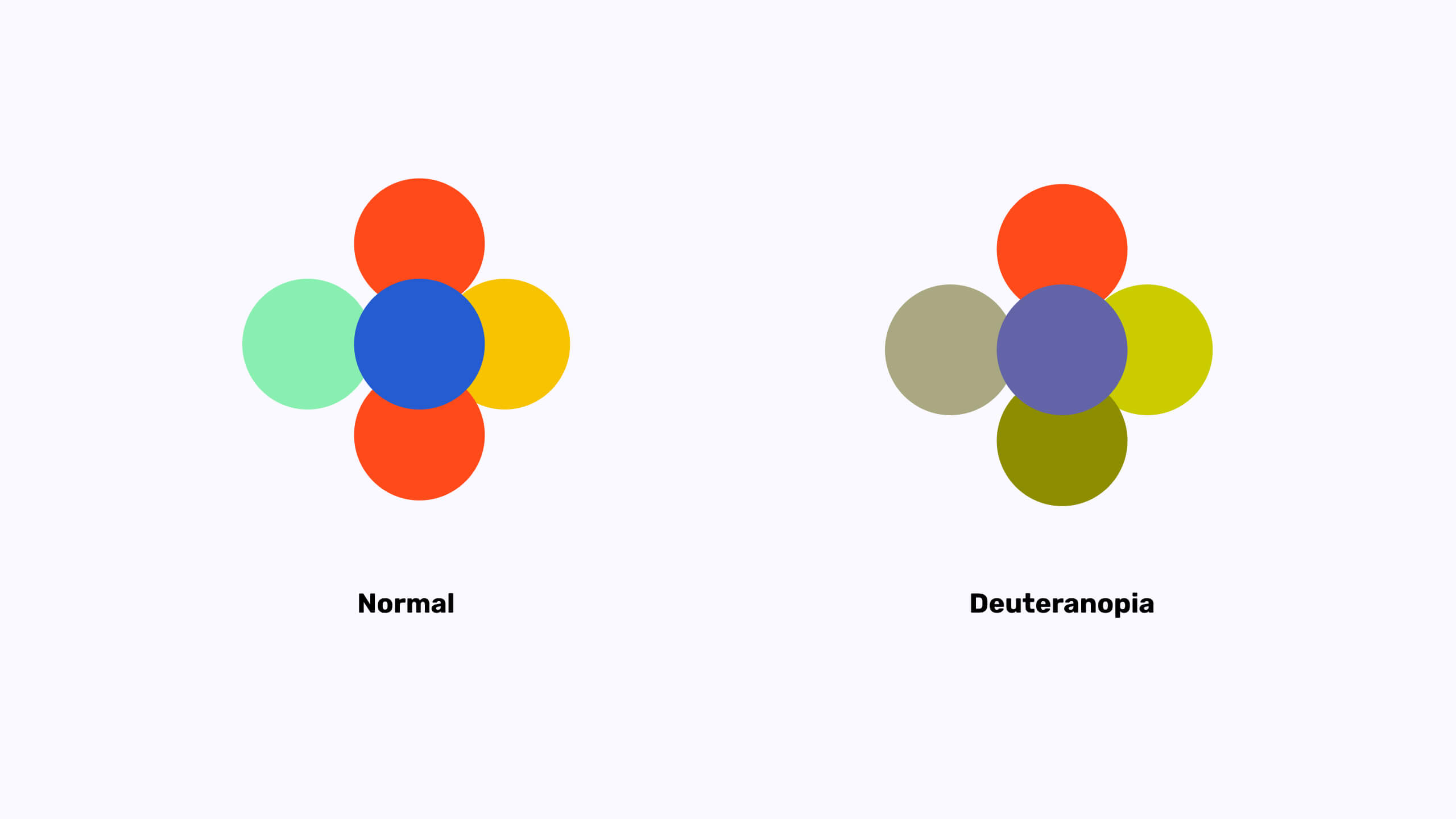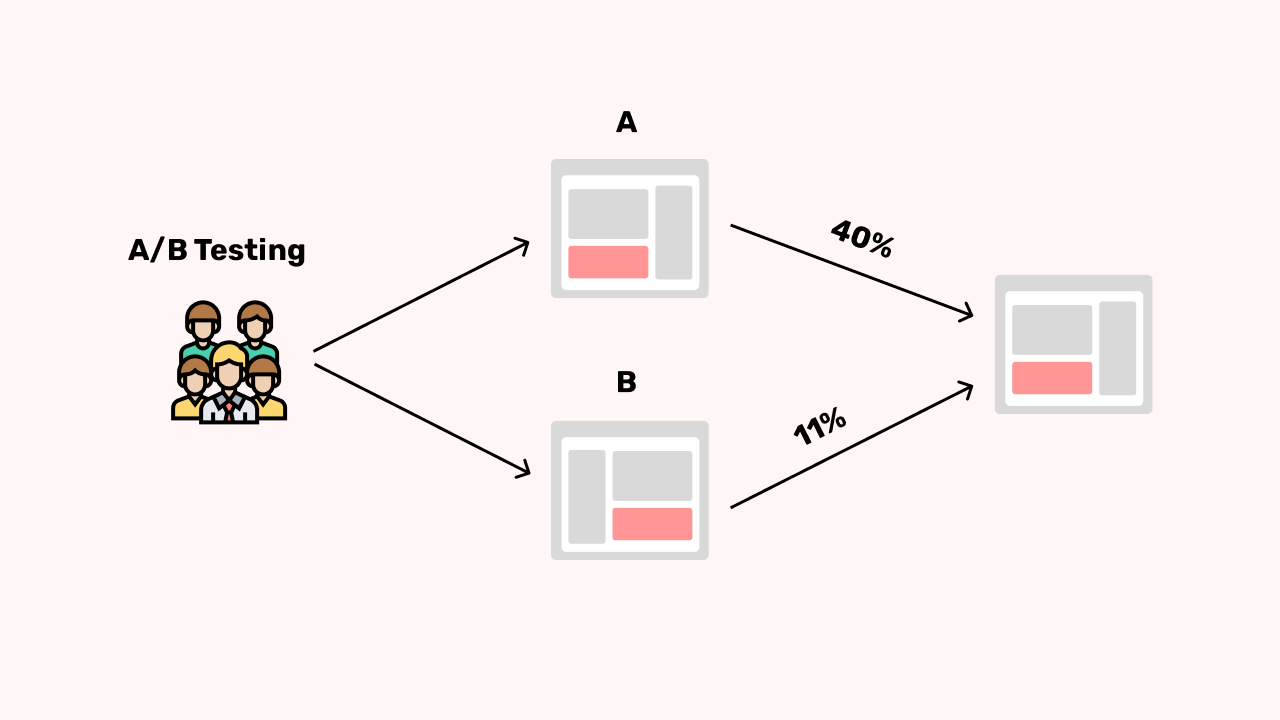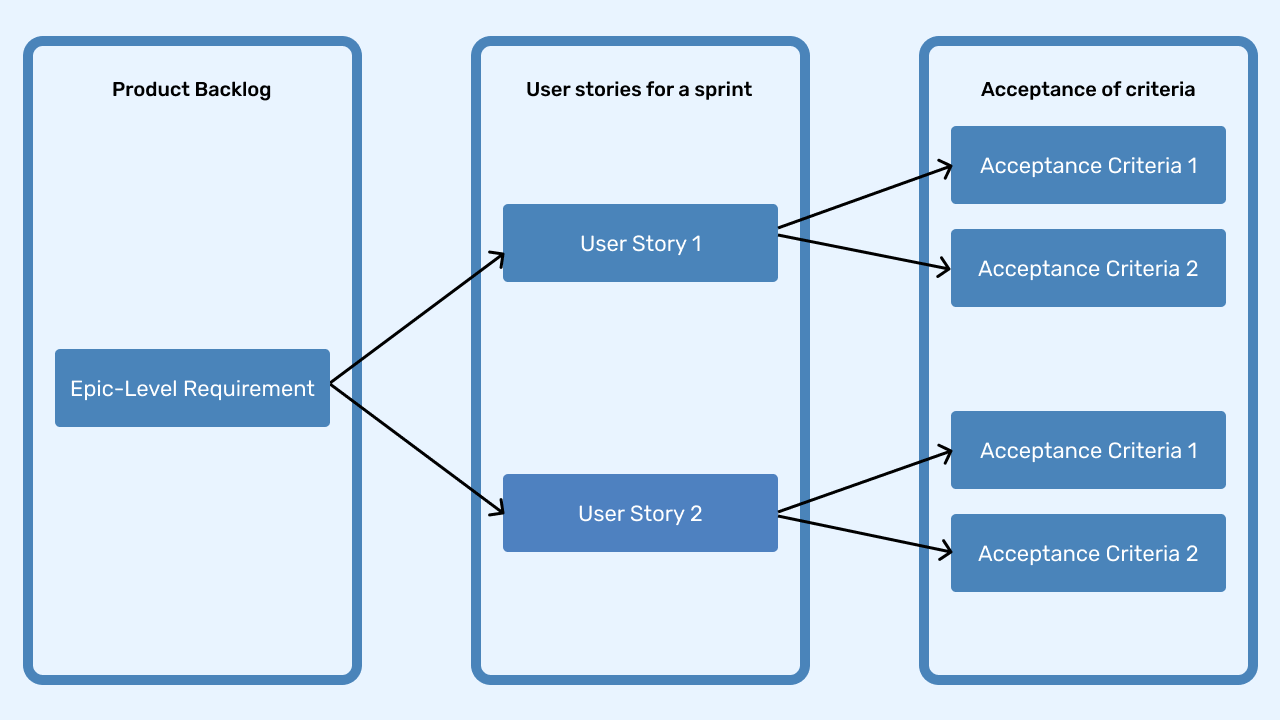What is Deuteranopia?
Overview
A specific type of color weakness is based on a reduced ability to perceive colors within the green spectrum. Deuteranopia is the most common type of color weakness; red-green color blindness is the most common form, followed by blue-yellow color blindness and then total color blindness.
Most color blindness is caused because a retinal defect. Deuteranopia is a type of color blindness resulting from insensitivity to green light, causing confusion of greens, reds, and yellows.
A person with normal color vision can see all combinations of the three additive primary colors - red, blue, and green as in their true form.
Deuteranopia refers to defects within the green cone pigment, while protanopia results from defects in the red cone pigment. Protanopia is another type of red-green color blindness, and both are primarily caused by recessive genes in the X-chromosome. Protanopia is also a view of deuteranopia. Deuteranopia is also a view of protanopia, but the major difference between deuteranopia and protanopia is that deuteranopia refers to defects within the green cone pigment, while protanopia results from defects in the red cone pigment.

LET’S WORK TOGETHER
Need help developing a similar project?
Book a call with us and get the party started!
Book A Demo


